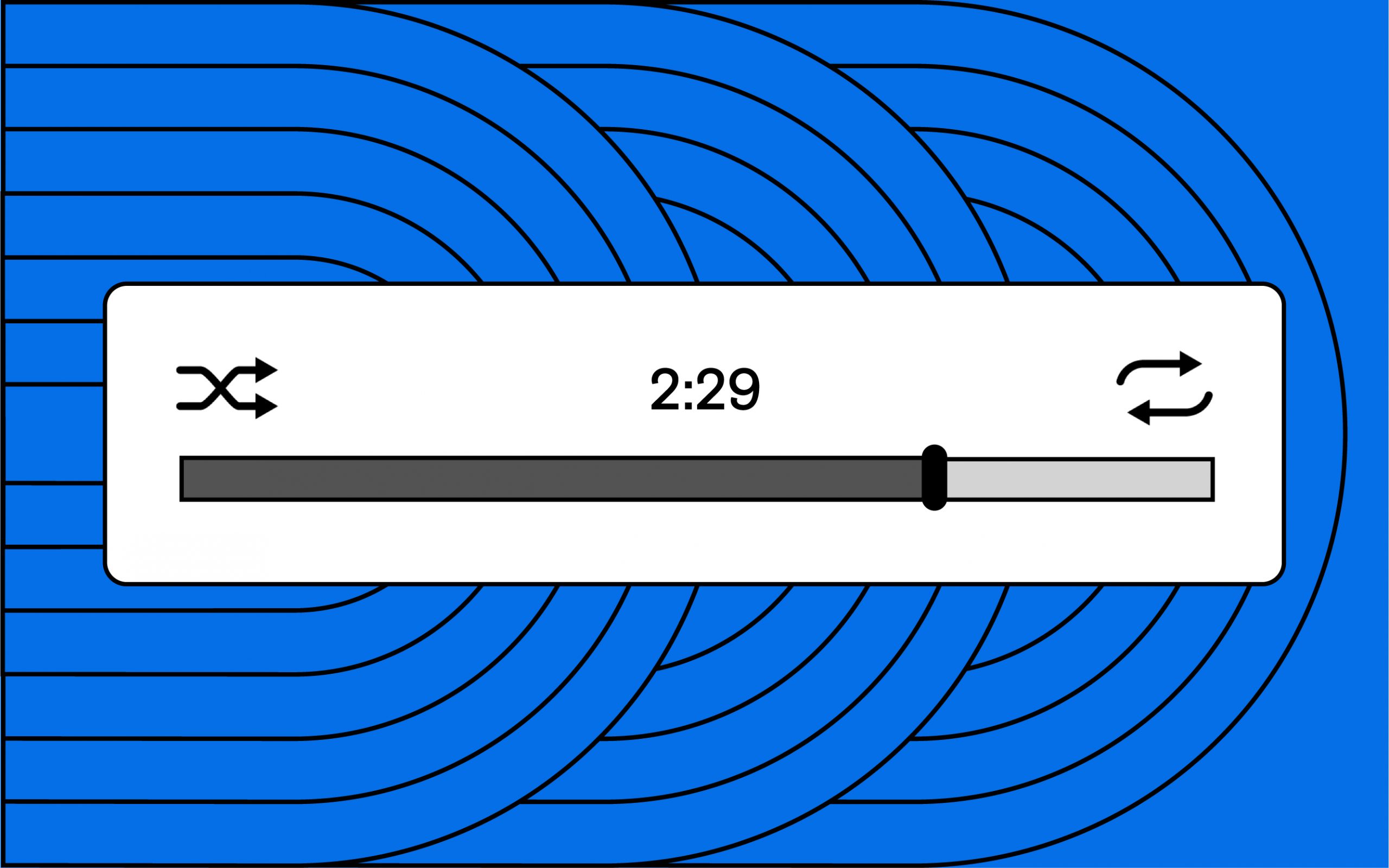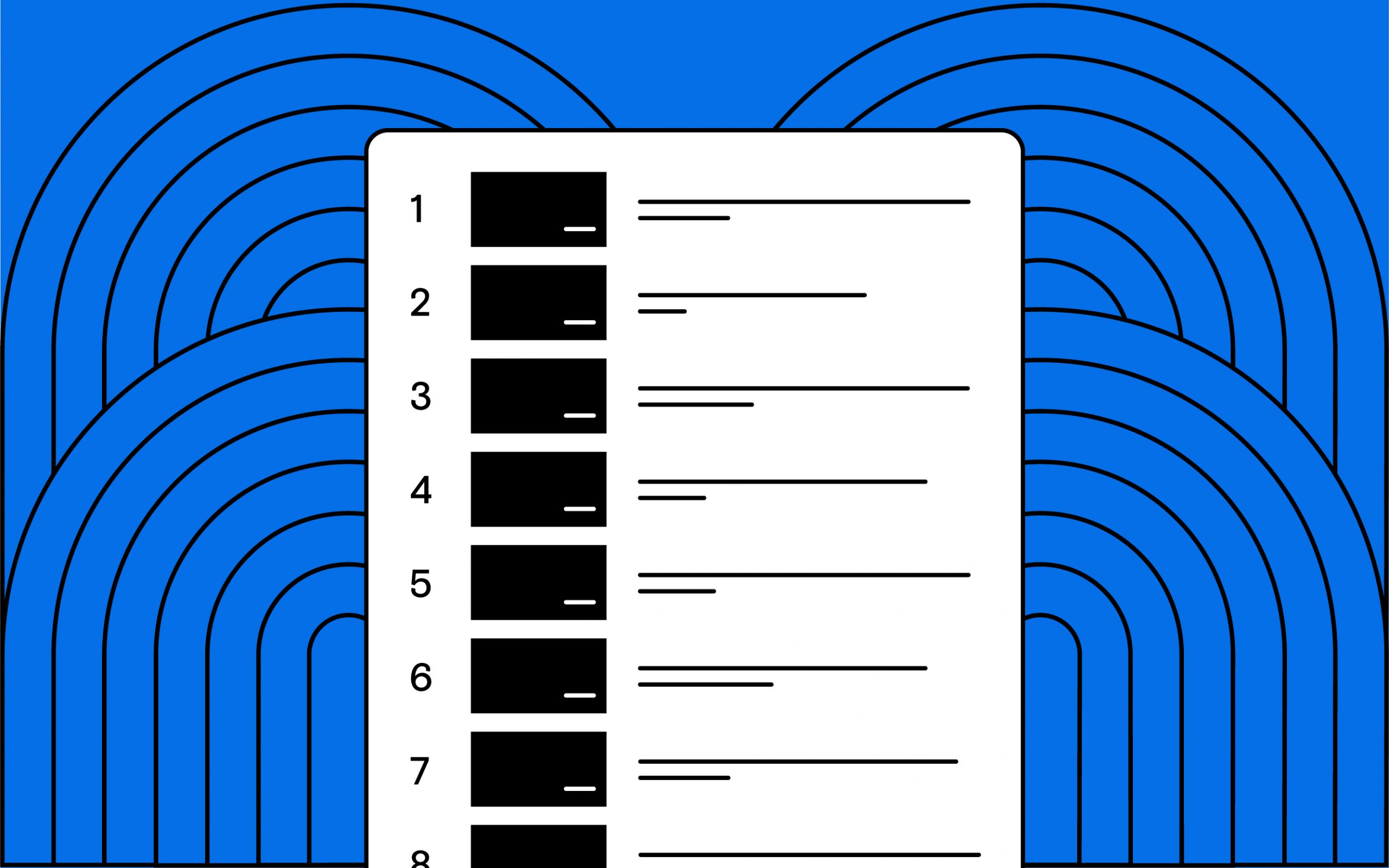Numbers once driven by radio spins are now based on streams, driving 75% of music revenue in 2018 — 10% more than the year before. And where radio time is more or less influenced by labels and slow to diversify, playlisting is driven by listeners and can bolster monthly streams for artists by up to 800x¹.
Spotify’s artists-to-watch playlist Most Necessary has amassed over 2 million followers. The microgenre-specific Bedroom Pop mix has over 390,000. The 12 horoscope playlists, launched at the top of this year, already have around 50,000 followers each. But who’s responsible for curating these playlists? And how does an independent artist get their music on one?
In July 2018, Spotify launched a playlist pitching feature that allows artists to submit unreleased tracks directly to their editors. The Spotify for Artists tool democratizes a need that was previously filled by third-party curators without promises of placement. Now, with all Spotify-owned playlists as fair game, Spotify’s in-house curators can fill the majority of their playlists from a much broader pool of submissions.
“Our editors pick tracks with listeners in mind,” Spotify states in their announcement of the feature. “They make these decisions using data about what’s resonating most with their community of listeners.”
“Playlists are one of the most powerful drivers of streams, revenue, and discovery in today’s streaming economy,” says Mike Greene, Senior Director of Digital at Alternative Distribution Alliance. Well-versed in today’s selection of streaming services, he’s managed the digital strategies for artists like Big Freedia and works closely with the teams behind key digital streaming providers (DSPs).
“DSPs providing instant access to millions of songs, playlists — be they editorial, algorithmic, or a combination of the two — can quickly surface an artist’s music to listeners who are likely to enjoy it but may not have found it otherwise.”
There are also non-Spotify playlists, built by teams at Pigeons & Planes, playlist brands like Indie Mixtape, and individual tastemakers like Pitchfork founder Ryan Schreiber and Brazilian DJ-slash-journalist Hugo Gloss.
“It’s worth pitching to third-party playlist brands, even if the follower numbers don’t seem as high — the playlists may have high engagement and grab you some fans,” says Anna Murawski, who helps to curate playlist brand, Indie Mixtape, where any artist can directly submit tracks.
It might seem a little daunting from this far away, but we’ll try to break it down to a few key Playlist Pitching to-dos that just might spring your next release into a streaming success story.
A Step-by-Step Guide of the Spotify Pitching Tool
Once you’ve registered with Spotify for Artists (referred to as “claiming your profile”) and have uploaded tracks for release, you’ll see the option to SUBMIT A SONG in your catalog. (Releasing via Level automatically places you in consideration for playlist pitching.)
You can only submit one track at a time for consideration, so be strategic with your choice. Editors will be searching through submissions based on the information you share to find unreleased music to consider for their playlists.
There’s a little bit of finesse to consider with the timing, but here is a list of steps to using the Spotify for Artists tool:

1. LOG IN
Under your CATALOG, go to your unreleased music.
2. CHOOSE YOUR SONG
Choose the release you want to pitch and select SUBMIT A SONG.
For a multitrack release, be sure to choose the single that you feel is strongest.
3. ADD SONG INFO
Convey the song into categories like genre, culture, mood, and instrumentation. Don’t get too caught up on the classification. It’s not meant to put your music in a box — curators simply need details to pull tracks specific to their playlists (e.g. if you don’t disclose that the song has Latin influences, the editor for ¡Viva Latino! [9.8 million followers] will probably miss it.)
Think strategically by considering the playlists you’re dealing with. Microgenres and moods dictate these Spotify mixes, so lean into that. Say you have a track inspired by a night time drive — look up a playlist that may be a perfect fit, likely Night Rider.
4. TELL US MORE
Add context to your pitch. What’s the story behind the lyrics? Where was it recorded? What’s the treatment for the music video? The more details, the more intriguing it’ll be to potential curators.
Make the most of the tools provided. Utilize the tagging criteria to characterize your music and tell a compelling story in the free space — what were you going through when you wrote the song? What was your emotional, mental, or musical inspiration? What unique compositional approaches came to you during the writing or recording process?
5. SUBMIT
Now we wait. Spotify will send an email to let you know if your track makes it onto a playlist.
6. NEXT RELEASE
Once your song hits the Spotify library, you can submit a new unreleased track for consideration.

Timing & Duration
Once you have the track finalized, play it safe and submit to playlists at least three weeks out from your release date (which you can set easily from your Level Dashboard). Anything less than a week out and the system can’t queue the track up for your followers’ Release Radar playlist. If you’ve already accrued followers on Spotify, submit the track at least seven days before release.
Murawski recommends that independent artists avoid long intros. If a track is skipped before 30 seconds, it won’t count as a listen and its overall length should be kept to under 4 minutes for a better chance at playlist positioning.
Use the time between upload and release to work on your engagement: tease out the track, have fans pre-save the song, and encourage them to follow you on Spotify. It might not make a dramatic difference at first, but over time, follower count can organically drive up your Release Radar streams.
The Gatekeepers
With almost 5,000 in-house playlists and almost 25,000 songs released daily on Spotify alone, curators have a lot of music to sift through. Even still, they manage to place 75,000 unique artists on editorial playlists in a given week², which leaves plenty of opportunities for independent artists to cut through the noise with an A+ release.
According to Greene, even if the track is a perfect choice, it all comes down to an honest pitch.
“Playlist adds for a track can be sparked by any number of factors, be that it’s streaming well organically, fits a mood, or has a fresh and unique sound,” he says. “Catching an editor’s attention on a human level may give you the extra edge in getting your track considered.”

Non-Spotify Playlists
For playlists that are generated and maintained by outside parties like Topsify or Billboard, the pitching game is grounded on being proactive (i.e. reaching out to the right person at the right time.)
According to Murawski, a cold email might do the trick in getting you on one of their playlists, but building momentum via music blogs or radio shows can make for a more convincing pitch.
“At Indie Mixtape, we receive a lot of submissions through the website — which we love. I also rely a lot on blogs and specialist radio shows. It’s important for brands to champion new artists and take risks on music that wouldn’t otherwise be heard. And when you do get any playlist additions, make sure you post about them across your socials.”
Summary
Spotify playlisting looks like a complex game from afar, but when it works, it can really work. It’s how Level artist Misty Mtn got over 200,000 monthly listeners in a few weeks by getting placed on key playlists like Indie Pop and Fresh Finds.
Stay tuned for more in-depth tips and advice around playlist pitching, marketing your release, and other DIY topics soon.
Nate Cover is the Founder and Creative Director of Babyface, a design and content studio building experiences for URL and IRL. He’s worked with brands including Nike, sweetgreen, Hello Mr., Away, Thinx, and the National Geographic Channel, but mostly he’s just hell-bent on improving queer representation in the creative industries.
Interested in writing for Level? ↳



